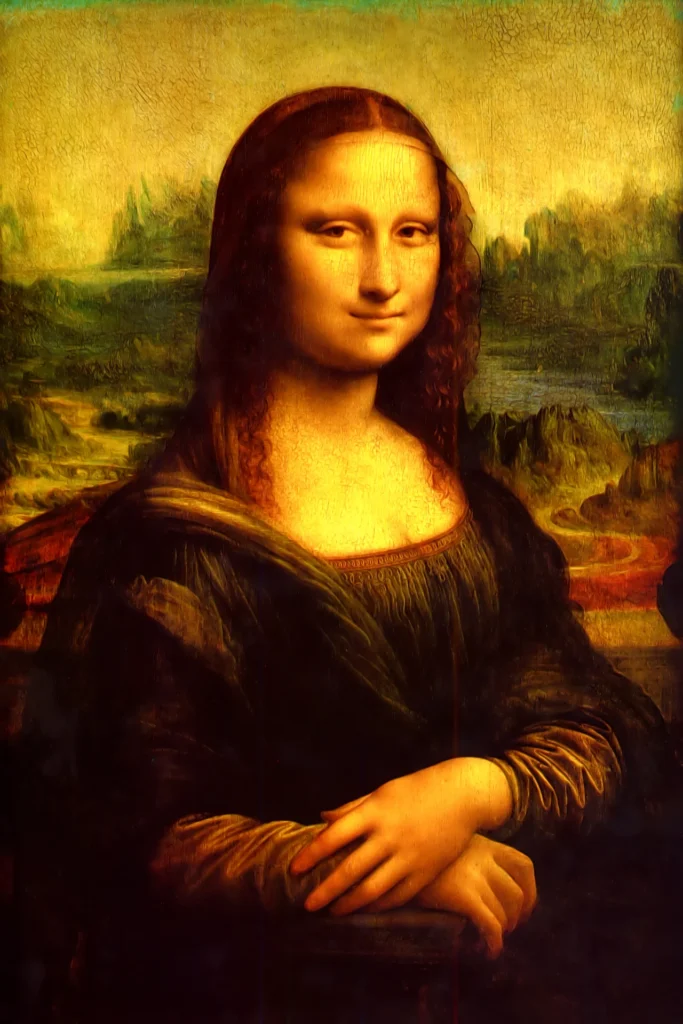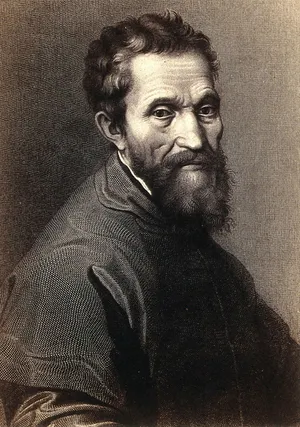
Titian (c. 1488–1576) was a leading Italian painter of the Renaissance, known for his innovative use of color and masterful technique. He played a crucial role in the development of Venetian painting and is considered one of the greatest artists in Western art history.
Early Life
Born Tiziano Vecellio in Pieve di Cadore, Italy, Titian began his artistic training in Venice, where he initially worked under notable artists like Giovanni Bellini and Giorgione. His early works often reflect the influence of these masters.
Major Works
- Assumption of the Virgin: Completed in 1516, this large altarpiece is notable for its dynamic composition and vibrant colors, capturing the moment of the Virgin Mary’s ascension to heaven.
- Venus of Urbino: Painted in 1538, this iconic work depicts a reclining nude woman, celebrated for its sensuality and the rich, warm tones that characterize Titian’s style.
- The Crowning with Thorns: This dramatic religious scene showcases Titian’s ability to convey emotion and movement through his figures and color palette.
- Portraits: Titian was also a master portraitist, creating striking representations of notable figures, including royalty and the wealthy elite. His portraits are known for their psychological depth and rich textures.
Technique and Style
Titian revolutionized the use of color in painting, employing a technique called “colorito,” which emphasized the application of paint and the interplay of colors. His work often features bold, expressive brushstrokes, creating a sense of movement and life.
Legacy
Titian’s influence extended beyond his lifetime, impacting countless artists, including Rembrandt and Van Gogh. His innovative approach to color and composition helped shape the course of European painting. Today, he is celebrated as a master of the Renaissance and a pivotal figure in art history.


